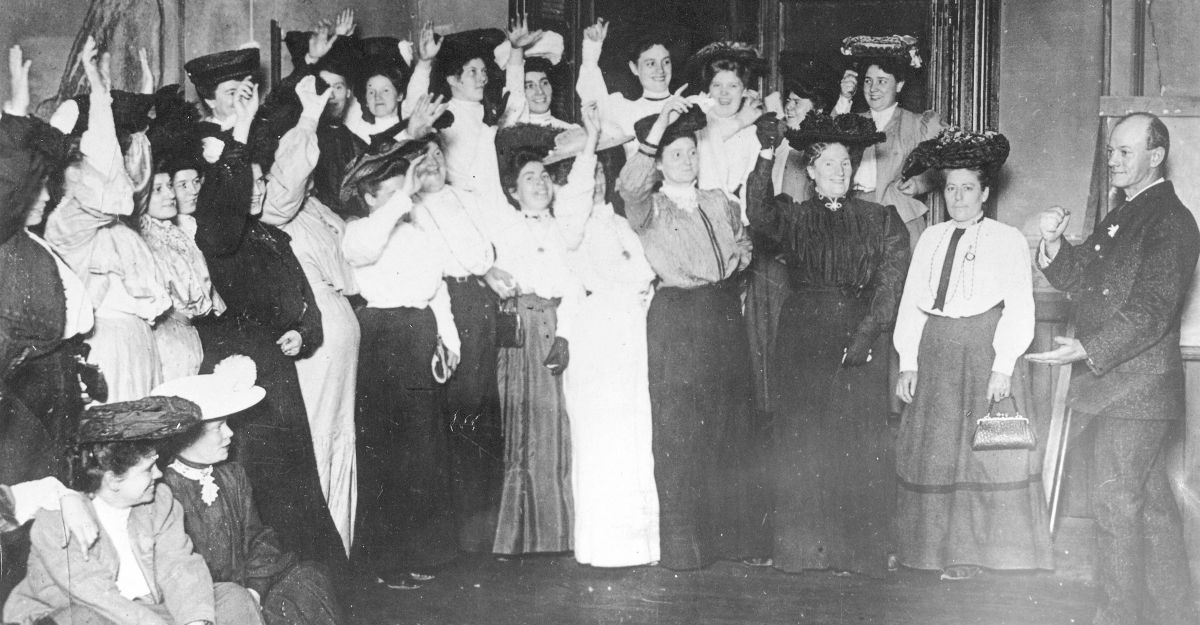What can the labour movement do when faced with a crisis of capitalism? This is the central question that Elizabeth Humphrys’ How Labour Built Neoliberalism seeks to answer through an historical reading of Australia’s Accord and the labour movement’s role in the neoliberal project of the 1980s. Given ongoing economic instability since the Global Financial Crisis, the strategy of the labour movement in the face of a weak economy is a question of continued salience and urgency.
At first blush, Humphrys’ withering account of how the trade union movement – including left unions at the time – were active participants in the neoliberal turn in Australian society may produce a knee-jerk defensiveness on the part of ardent unionists like myself. It shouldn’t, though. Humphrys writes with the compassion of a comrade and the insight of an intellectual who grew up in a working-class household.
Evidence of this perspective can be found in Humphrys’ account of the economic pressures of the 1970s and early 1980s, and the accompanying industrial fatigue. As she explains, ‘neither the confrontational Fraser Government nor the historically militant labour movement had achieved a decisive victory.’
The Accord was a social contract between the trade union movement and the Labor Party on incomes, industrial action and the expansion of the social wage primarily through Medicare, superannuation and other welfare measures which went through various iterations between 1983 and 1996. In Humphrys’ account, it is presented as a solution from its era to ‘an impasse in the Left’s strategy’ which responded to pressures from both above and below. The idea was to resolve problems at the level of the state that had heretofore been irresolvable through workplace activity.
It is here that Humphrys’ work rises above vulgar Marxist readings of the period, which can tend towards a simple morality tale. In those narratives, trade union leaders of the time are usually presented as selling out members and curtailing shop-floor activism in order to prop up the Hawke-Keating ALP Government. By contrast, labourist counter-narratives characterise the Accord as an Australian alternative approach to addressing economic instability compared with the Reagan and Thatcher’s New Right administrations – an alternative that was rudely disrupted by the election of the Howard government in 1996. How Labour Built Neoliberalism takes seriously the material pressures that the leadership of the labour movement faced at a point in time when the global industrial power of metalworkers was waning after a period of roughly one hundred years. Yet it also unflinchingly details the impact the Accord had on the grassroots structures of the Australian union movement, including the AMWU’s residential branches.
In the end, coming to terms with the truth and accepting the labour movement’s culpability in the neoliberal turn in Australian society is more empowering and leads to better strategic decision-making.
Humphrys portrays the labour movement not only as victims of the neoliberal restructure but also as willing agents. The uncomfortable reality is that agency does not always come with good results. During the Accord, the leadership of the labour movement used its influence to relinquish the agency of its membership base, and in the end much of its own agency. By highlighting the movement’s role in actively constructing neoliberal society, Humphrys indirectly points to a future in which labour can unmake neoliberal society. If the complicity of the working-class was required to make Australia what it is today, then those same agents of history can withdraw their consent.
The book opens up a discussion about the contemporary ‘profound disorganisation of trade unions’ not with the end of lamenting that which has been lost but as the starting point for how workers can win back control over their lives.
People-power is fluid. The otherwise calm surface of social passivity can hide great currents of energy and change that might rupture at any moment. It is the patient work of an organiser to help people channel their power into building a new society free from alienation and exploitation. How Labour Built Neoliberalism points to the dead-end that is resolving a crisis of capitalism on capitalist terms. This is the strategic value Humphrys’ work brings to the present predicament of the labour movement.
There would be a certain dialectical irony if the setbacks incurred by parliamentarians using their relationships with trade union leaders to rein in industrial militancy and the price of labour were reversed by those leaders using their relationships with parliamentarians. The state, however, should be seen as a site of contestation rather than the vehicle for salvation. In other words, the electoral contest matters but it is not a substitute for the daily workplace struggle. The character of the state is inherently shaped by the economic system and social context it inhabits. ‘Change the Rules’, therefore, cannot just be an electoral campaign aimed at progressive politicians intervening at the level of the state to provide for a better legal regime for workers. It must also be a call to change the very rules, processes, and assumptions by which unions themselves operate so as to forge a new union movement.
This goes beyond union mergers. Humphrys rightly locates the 1990s round of union mergers as an implicit part of the Accord process. Union mergers are a legal procedure empty of meaning aside from the surrounding context and character of any proposal. The present context, I would argue, demands the creation of a new big union hosting a large number of small teams of organisers and delegates with the autonomy and infrastructure necessary to rebuild labour’s social base. It demands that union leaders like myself give up the control over the internal administration of the labour movement we gained in the 1980s in order to win back the worker power that was lost. In a labour relations system where workers are so heavily regulated, this new union could be seen as a Trojan horse spewing forth waves of interdependent actors taking action to win back worker power.
The struggle will be in vain, however, if all its energies are dissipated in yet another attempt to resolve a crisis of capitalism. Good strategy rests on keeping the end-goal in mind and the end-goal is socialism – that is, a society where people can be made whole again and live in freedom. The task of our times, therefore, is organising for ownership. Organising for ownership is that which the labour movement must do in the face of the present crisis of capitalism. Workers should run and own the businesses they work in, and organising for ownership is the process of making the utopian practical. To be sure it is a hard task, but no harder than living through another 35 years of corruption, crisis and, ultimately, extinction.
How Labour Built Neoliberalism by Elizabeth Humphrys is available through Brill.






